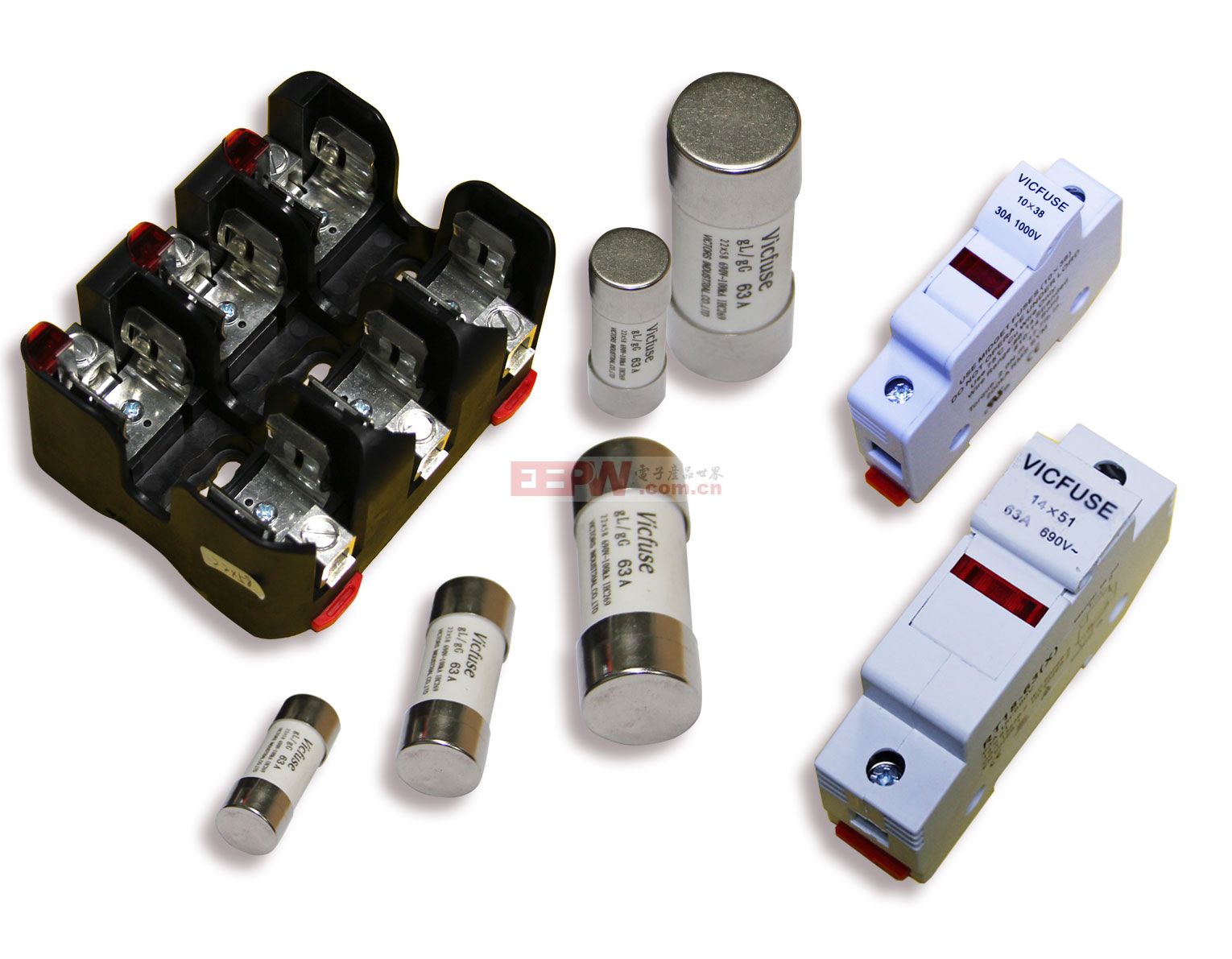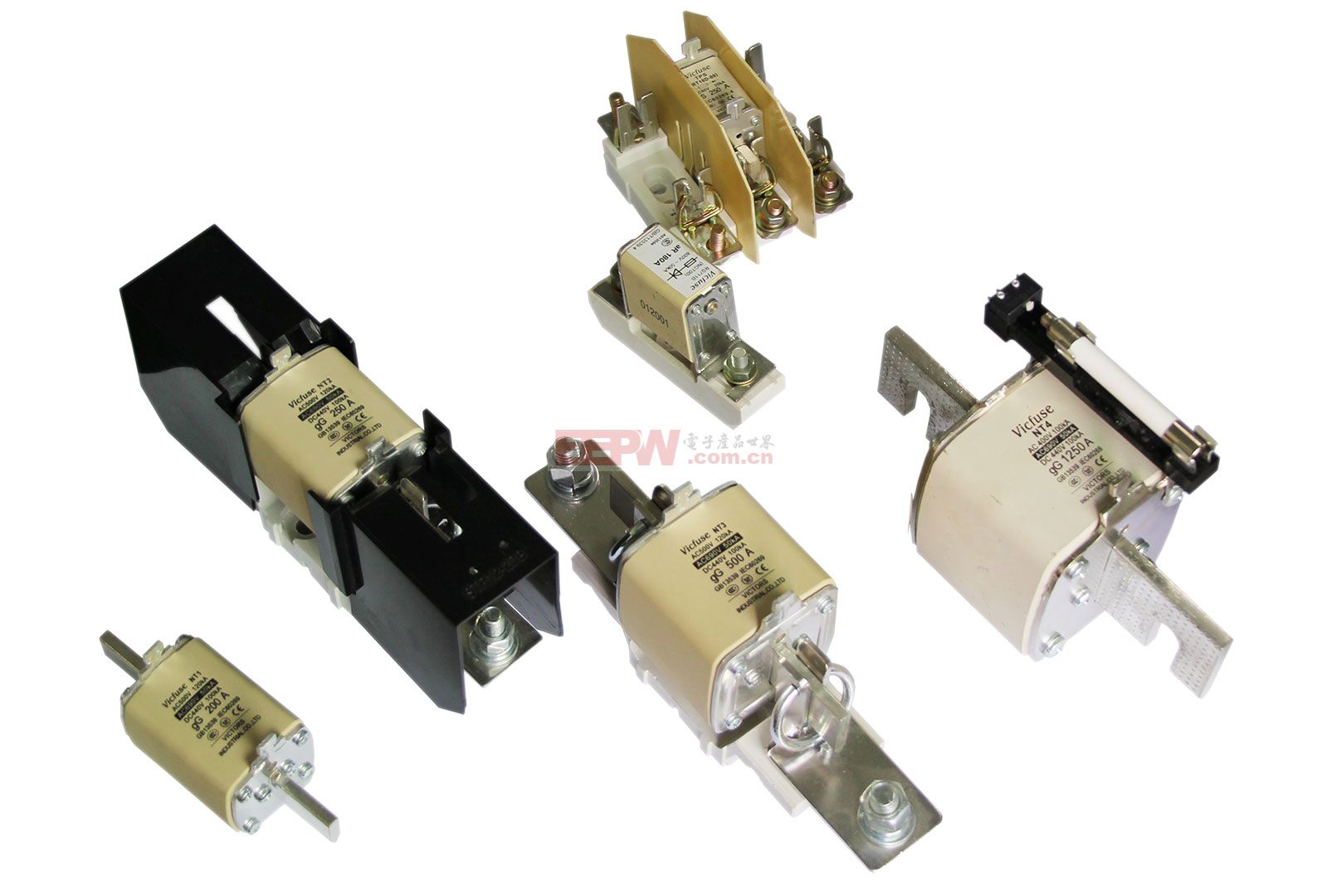Guide: Fuse, as well as O-type blood, when there is danger (specifically, over-current phenomenon) occurs, the fuse heating will blow itself to protect other devices from disaster. This article introduces the fuse principle in detail~
First, the fuse principle - - Introduction
The fuse, the English name is fuse, is a common overcurrent protector. When the current in the circuit exceeds the predetermined value, the fuse will melt the melt and the circuit will be disconnected, so as not to be burnt due to overcurrent. Devices, reducing the life and so on. The fuse consists of two parts, a melt and a fusion tube. The structure is simple and the performance is reliable. It has been widely used in electrical appliances and power systems.

Second, the fuse principle - - classification
Fuse has a variety of classification methods, which can be divided into jet fuses, tube fuses, semi-closed fuses, open fuses according to different structures; can be divided into low-voltage fuses according to the use voltage And high-voltage fuses; according to different protection objects, it can be divided into fuses for protecting semiconductor components, transformers for protecting voltage transformers, fuses for protecting motors, etc.; in addition, plug-in fuses, fast-acting fuses, Spiral fuses, self-resetting fuses and many more.

Third, the fuse principle - - structure
The fuse consists of a melt, a casing and a support. The melt is the core component for being blown by heat to break the circuit. The properties of the melt are affected by its material, shape and size. Among them, low melting point materials such as lead and lead alloys have low melt melting point, easy to melt, high electrical resistivity, large cross-sectional size, and high melting point such as silver and copper. The melt made of the material has a high melting point, is difficult to melt, has a small electrical resistivity, and has a small cross-sectional dimension.

Fourth, the fuse principle
The fuse is connected in series with the original circuit. When an overcurrent phenomenon occurs, the fuse itself generates heat, and after the melting point of the melt is reached, the melt is blown and the circuit is disconnected to prevent the device from being damaged by an overcurrent.

Fuse principle related articles
LED Underwater light,Full colour underwater luminaires,Waterproof lighting underwater lamp
Kindwin Technology (H.K.) Limited , https://www.ktlleds.com